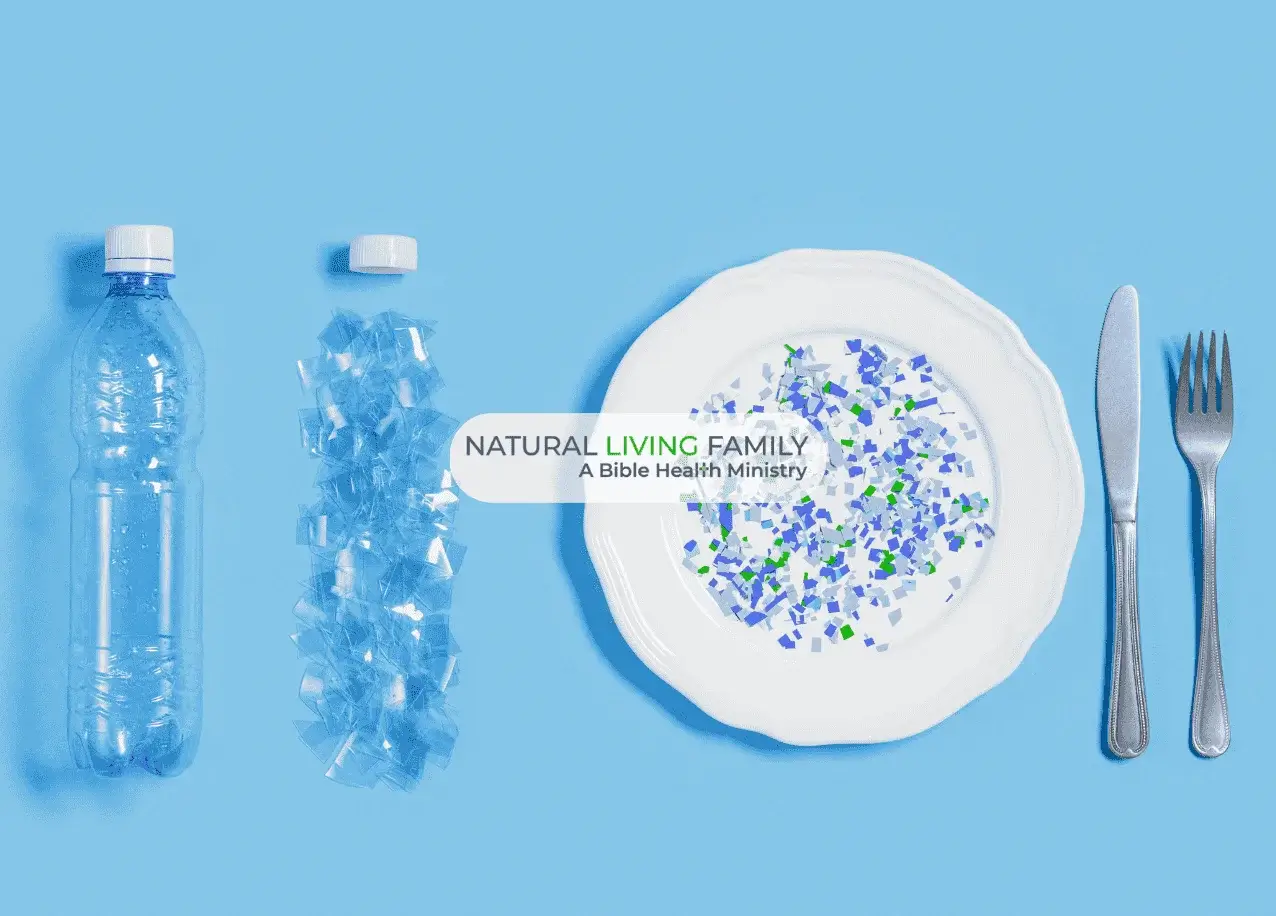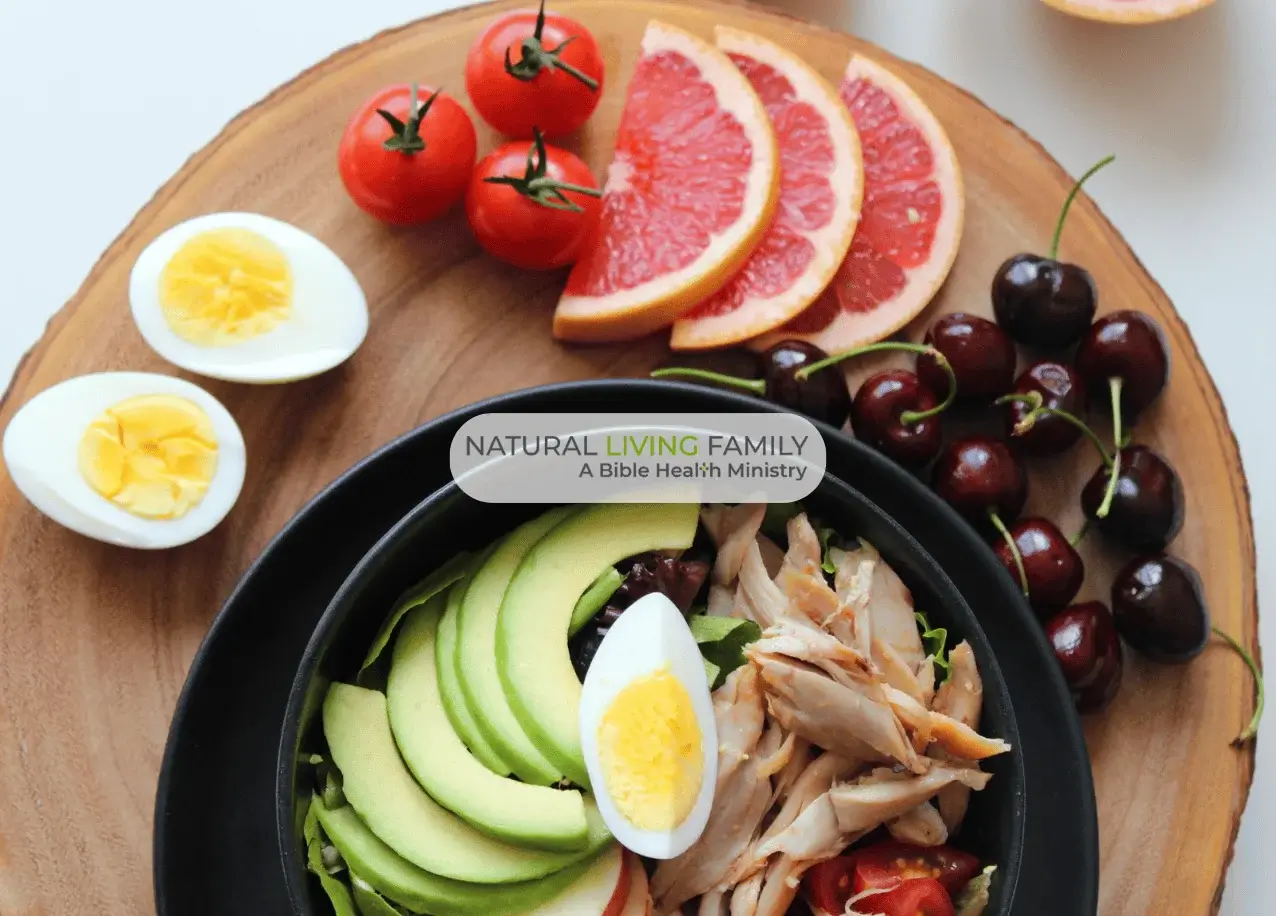Cruciferous vegetables seem to be on nearly every list of must-eat foods, and for good cause – they supply amazing health benefits. These benefits of cruciferous vegetables provide considerably more advantages than any other vegetable or food group and they work steadily for your entire body, especially the cruciferous vegetables cancer and immunity fighting ones (1)
The veritable number of vitamins, minerals, and other nutrients that vegetables provide work hard to make sure our bodies can function properly. There is no dismissing that vegetables are a necessity for nourishment and a healthy body.
Table of Contents
What Are Cruciferous Vegetables?
Cruciferous vegetables cancer fighters are also known as Brassica vegetables, and they are all a part of the cabbage family. (2) Their plants are in the Cruciferae family, and are known by their cross-shaped flowers with four petals. The most common options include:
- Broccoli
- Cabbage
- Brussel Sprouts
- Collard Greens
- Cauliflower
- Kale
- Mustard Greens
- Turnips
- Rutabaga
- Arugula
- Bok Choy
- Horseradish
- Radish
- Watercress
- Wasabi
These cruciferous vegetables cancer fighters contain bioactive phytonutrients such as flavonoids, carotenoids, and glucosinolates, which are all an important part of overall health. They provide a wealth of nutrients, including a variety of vitamins, minerals, healthy fats, carbohydrates, and proteins, and they are also a great source of fiber.
This group of vegetables provides all of this nutrition along with a very low-calorie content, which is why they are considered one of the healthiest vegetable groups. (1) While they provide exceptional nutrition for the whole body, immunity is one area in which these crunchy vegetables excel.
Cruciferous Vegetables & Cancer Research
Cruciferous vegetables are rich in vitamins A and C, antioxidants, chlorophyll, folate, essential fatty acids, and anti-carcinogens.
The most important substances in these vegetables, in terms of immunity, are known as as glucosinolates. These phytonutrients are chemicals that contain sulfur, which also gives these vegetables their bitter taste. (2) These molecules, which are made up of a combination of sulfur, nitrogen, and sugar, are present in 100 different forms in these vegetables, and every one of them has shown evidence of having anti-cancer properties. (1)
Interestingly, it appears that they do not provide the anti-cancer benefits on their own. When these vegetables are chewed, chopped, or sent through the digestive process, an enzyme known as myrosinase breaks down the glucosinolates into compounds known as indoles, thiocyanates, nitriles, and isothiocyanates (2). While there are many different compounds formed, there are five that have undergone extensive study (1):
- Glucophanin breaks down into sulforaphane
- Glucosobrassicin becomes indole-3 carbinol
- Sinigrin becomes allyl-isothiocyanate
- Gluconasturiian becomes phenethyl-isothiocyanate
- Glucotropaeolin becomes benzyl-iothiocyanate
It is important to note that these vegetables contain high amounts of antioxidants, anti-inflammatory compounds, and detoxifying nutrients. When doing these studies, it has been shown that these compounds are most responsible for increasing immunity.
These nutrients provide significant support for systems throughout the body that help to determine cancer risk and development. (1) This overall support also helps to boost immunity by providing much-needed nutritional support that promotes whole-body health.
In animal studies and laboratory-grown cell experiments, research has shown that these compounds (3):
- Protect against cell DNA damage
- Provide antibacterial, antibacterial, and antiviral properties
- Inactivate cancer-causing agents
- Produce cancer cell death
- Prevent angiogenesis and the migration of tumor cells
The compounds formed by the glucosinolates in cruciferous vegetables have been studied extensively for their potential benefits for cancer prevention. Additional studies have also been conducted on humans to determine their efficacy. (3) Some of these studies provide evidence that some of the glucosinolates in these vegetables have some effect on cancer-related biomarkers. (4) Additionally, these compounds have been tested on four of the most common forms of cancer to determine their effects.
Breast Cancer – An investigation of studies performed in the US, the Netherlands, Sweden, and Canada found that there was no connection between cancer risk and the intake of cruciferous vegetables. (3) However, another controlled study found that the risk of breast cancer was reduced in women who ate these vegetables more often.
Prostate Cancer – Studies conducted on groups of men with and without prostate cancer found that those who had a higher intake of cruciferous vegetables showed a decrease in their risk of prostate (5). When clinical trials in the US, Europe, and the Netherlands were studied, there was little to no link between the risk for prostate cancer and eating these vegetables.
Lung Cancer – Discoveries on the connection between eating these vegetables and lung cancer have also produced varied results. A study conducted in the United States provided evidence that women who consumed more than five servings of vegetables each week showed a decrease in their risk for lung cancer (5). However, group studies conducted in the Netherlands, Europe, and the US show no connection between eating these vegetables and the overall risk for the disease.
Colorectal Cancer – There have been studies that have found that there may be a connection between the isothiocyanate-metabolizing enzyme S-transferase and the risk of both colorectal and lung cancers.
While studies performed in the Netherlands and the US have not shown any connection between the risk for colorectal cancer and eating vegetables, a study conducted in the Netherlands did show that there was a reduced risk of colon cancer in women who had a higher intake of vegetables (5).
While additional study is needed to better understand the connection between cancer risk and cruciferous vegetables, the results so far are exciting. The role that these vegetables play in our overall health, especially their impact on numerous organ systems throughout the body, shows that they are powerhouse vegetables that need to be included in our diets.
It is recommended that we consume an average of a half cup to two cups of these vegetables each day In order to reach the most beneficial range of glucosinolates. However, it is believed that even eating them as little as two to three times per week will provide benefits. (1)
References:
- http://www.whfoods.com/genpage.php?tname=btnews&dbid=125
- http://lpi.oregonstate.edu/sites/lpi.oregonstate.edu/files/pdf/newsletters/ss06.pdf
- https://www.cancer.gov/about-cancer/causes-prevention/risk/diet/cruciferous-vegetables-fact-sheet
- https://www.cancer.gov/common/popUps/popDefinition.aspx?id=CDR0000045618&version=Patient&language=English
- https://www.ncbi.nlm.nih.gov/pubmed/10952096











